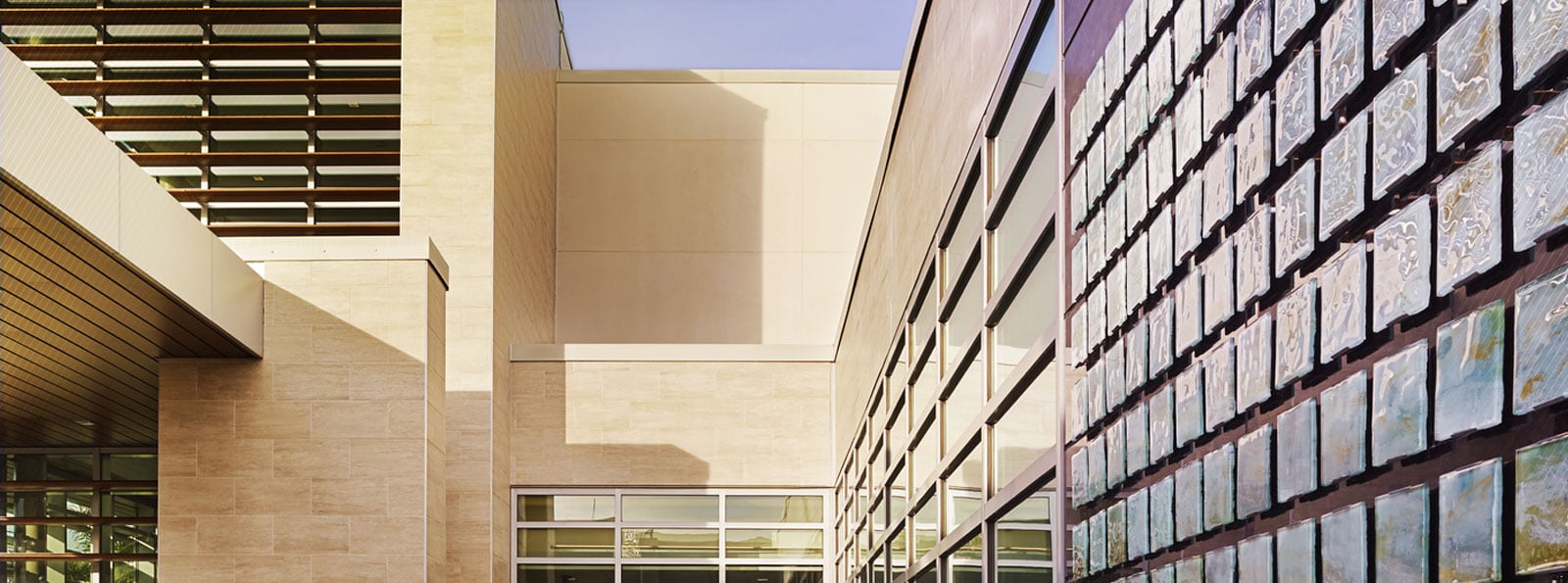
Array hosted its second Annual Lean Event in late 2012. This year the course was at Array’s New York City office located at 44 East 30th Street.
The four-day program "Green Belt Lean Certification for Facility Design" was structured as a workshop to offer maximum participation by attendees. The purpose of Lean facility design is to inform the project design to improve the delivery of patient care. Simply stated, the goal is to redesign the process and eliminate waste. This is very different from the traditional model of designing space and then adjusting the flow around the processes to fit the space.
A wide range of individuals participated in the workshop, representing different perspectives within the healthcare design and construction industry. The group included senior management from several of NYC’s leading hospitals, as well as national and local healthcare leaders from construction management, program management and consulting firms.
Attendees of the workshop have the opportunity to earn their "Green Belt Certification for Facilities Design" by submitting a Lean Design project within three months of completing the course demonstrating a full understanding of Lean Design concepts.
Lean Workshop Overview
- Day 1: Current State Value Stream Map – A VSM is a graphic map of steps that occurs from the specific request for a product or service to the delivery of that product or service. The group watched an ambulatory facility simulation that incorporated nurses, doctors, administrators and patients. Each workshop participant shadowed (Lean term designating “following”) one ambulatory staff person or patient and recorded the pathway of activities to deliver services (workflow), time required for each activity and issues encountered on an observation sheet. Working in groups of four, a Current State VSM with flow was developed based on the simulation. We were all amazed of how our observation following a single person through the simulation gave us a better understanding of the process and how interaction among different departments can impact turnaround time.
- Day 2: Future State VSM – Using the same ambulatory simulation, we assembled information and developed criteria and a work plan for Future State VSM. It was very interesting to see the similarities of solutions found between the teams which were based on the Current State VSM.
- Day 3: A3 Problem Solving and the A3 Report – The VSM provided us with a clear view of work process from 10,000 feet. The A3 focuses on the work flow at a closer level: think magnifying glass. In this session, we looked at the areas and identified specific activities that we could modify to improve quality as well as reduce errors and waste. The A3 Report documents specific problems and solutions. We found the most complex part was actually writing the report and articulating the real issues which are the outlining of current conditions and problem analysis. We learned firsthand how too often the problem is not fully understood by users and planning professionals, so they are unable to develop designs that lead to successful outcomes.
- Day 4: Putting Lean Design Into Action – the final day of the workshop, we learned several other Lean tools such as Spaghetti Diagrams and how to conduct a Lean Meeting with clinical user groups. We wrapped up by having each participant describe their Green Belt project they plan to submit for their Green Belt certification. Topics ranged from value mapping contractual flow process within a hospital administration department to hypothetical and actual small hospital setting projects. One attendee planned to use an actual Facility Master Plan project for his submission.
The entire group was inspired by the workshop and left with a new perspective of analyzing problems based on identifying the underlying issues which often are not apparent to users and planners alike until a Lean approach is used.
An early adopter of Lean Design, Array has four Lean Green Belt-Certified healthcare architects on staff, with 7 professionals completing the certification process. Array is currently providing Lean Design services on projects at several healthcare facilities in New York City and throughout the country.

